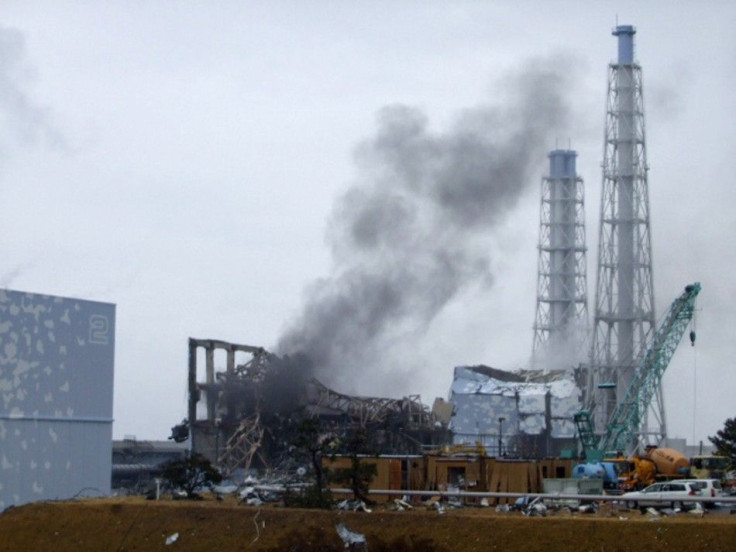IAEA's latest update on Fukushima nuclear power plant

The following is the IAEA update on Fukushima nuclear power plant in earthquake-torn Japan, dated March 23.
Located on the Eastern coast of Japan, the six nuclear power reactors at Daiichi are boiling water reactors (BWRs). The massive March 11 earthquake severed off-site power to the plant and triggered the automatic shutdown of the three operating reactors - Units 1, 2, and 3.
Restoring power to Fukushima Daiichi
Without electrical power, cooling systems at Fukushima Daiichi's six reactors cannot operate. Many of the problems facing the nuclear power plant stem from the loss of electrical power at the site following the massive earthquake and tsunami on 11 March. The earthquake cut off external power to the plant and the tsunami disabled backup diesel generators.
Japanese officials have been working to restore power to the facility, and their efforts are organized in three phases.
Units 1 and 2
Reactor cooling systems at these units are severely hampered. There is suspected damage to the nuclear fuel in both units. Workers have successfully connected off-site electrical supplies to a transformer at Unit 2 on 19 March and later to at least one electrical distribution panel inside the plant. Technicians are conducting diagnostic tests to determine the integrity of the reactor's electrical systems.
Japanese authorities plan to connect Unit 1 sometime after Unit 2. Because of the degraded condition of the Unit1 reactor building, this work may take more time compared to Unit 2, were the reactor building sustained significantly less damage since the earthquake intact.
Units 3 and 4
Reactor cooling systems at Unit 3 are severely hampered. There is suspected damage to the reactor's fuel, and the condition of its spent fuel pool is uncertain. Unit 4 had been shut down for routine maintenance - and all its fuel was removed to the reactor building's spent fuel pool - prior to the earthquake. There is therefore no concern about fuel in the reactor core, but considerable concern about the fuel from the spent fuel pool.
Workers are moving toward restoring electricity to both units, but their progress is uncertain.
Units 5 and 6
Both units had been shut down for routine maintenance prior to the earthquake, reducing their cooling needs somewhat, but not entirely. On March 17 operators were able to start one of the Unit 6 diesel generators. On March 19, workers successfully connected the second diesel generator in Unit 6. The two generators were used to power cooling systems in both reactors, which then achieved a safe, cold shutdown configuration. Off-site power was restored to Unit 5 on 21 March.
Restoring external power to the power plant does not mean the reactors will immediately resume normal safety function. The earthquake and tsunami may have inflicted considerable damage in addition to knocking out electricity supplies. Since the extent of this damage (and therefore the extent of necessary repair) is unknown, it is not possible to accurately estimate a work schedule. Progress of efforts to restore power may be impaired by heavy gloves or respirators required to permit the operators work at in the reactors following the damage inflicted by the earthquake and tsunami.
As power is restored, workers will perform checks to make certain the conditions are safe to restart individual components. They will check for grounds and ensure circuits remain intact. If damage is discovered, a decision will have to be made whether to perform repairs or move on to the next component on a prioritised list. Nuclear reactors, especially safety related equipment, incorporate multiple layers of redundancy. So a problem in one component does not necessarily mean a specific safety function will be unrecoverable. It is more likely that operators will move on to the redundant equipment in an effort to determine the most intact system and focus their restoration efforts there. This process takes time.
© Copyright IBTimes 2024. All rights reserved.





















